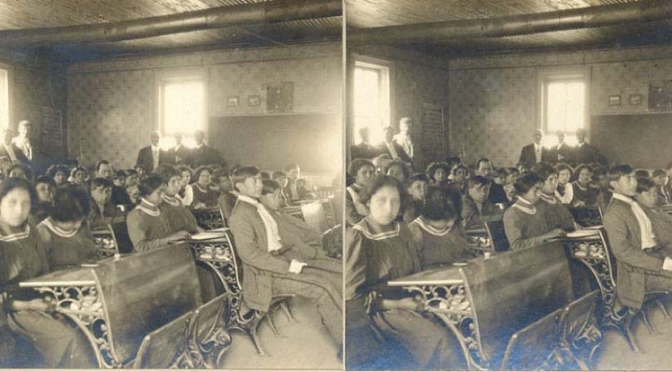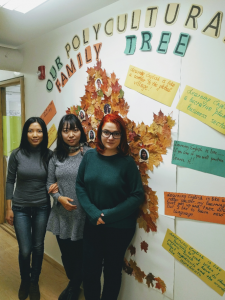Using Art to Incorporate Culture into the ESL Classroom
There is a lot of research that supports the idea of teaching culture in the foreign language classroom. One reason why it is a good idea to incorporate culture into language learning is that it provides students with intrinsic motivation to study the language by creating a positive learning environment through the integration of language and culture (Engh, 2013). Another reason is that socio-cultural competence enhances linguistic competence and makes it easier for learners to understand the language and become better communicators (Arevalo, 2010). They are better able to understand the subtle differences in intercultural norms between socio-cultural groups and make connections to their own culture, which in turn helps avoid stereotypes and build stronger relationships with other cultures (Byram, Continue Reading →


